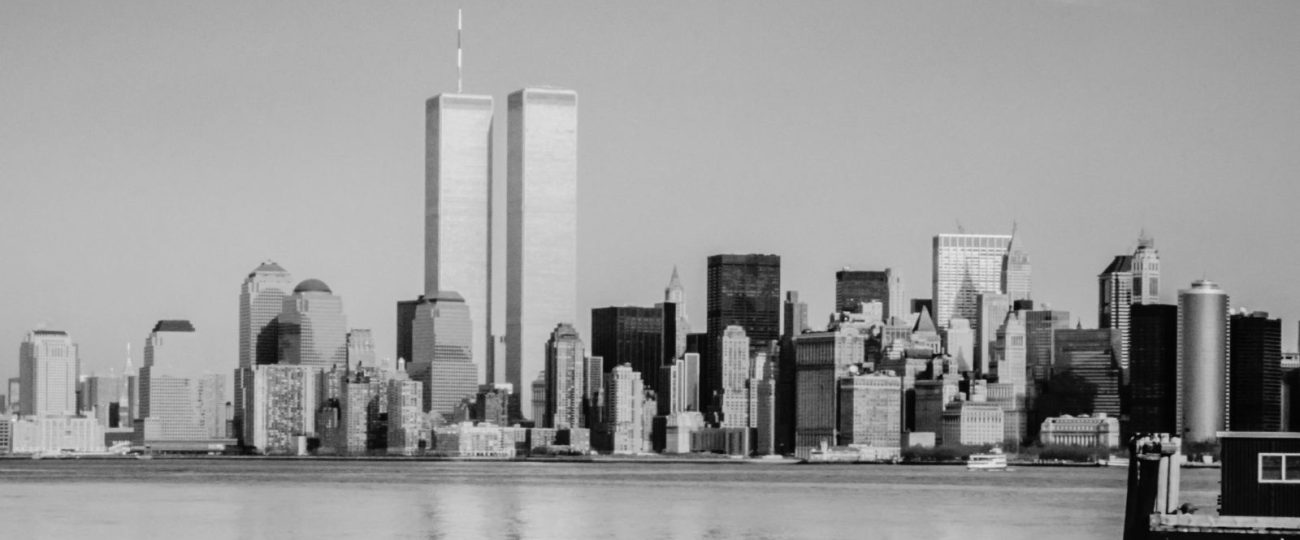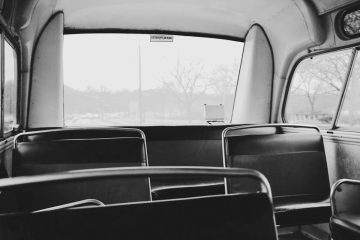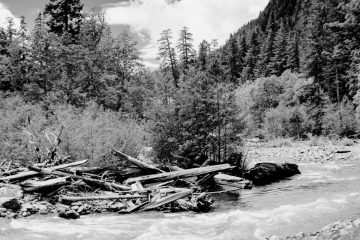What Happened On September 11th?
On the morning of September 11, 2001, the world witnessed an unprecedented act of terror. At 8:46 a.m., American Airlines Flight 11 crashed into the North Tower of the World Trade Center. The explosion and fire engulfed the upper floors, sending thick black smoke billowing into the sky. Those below stood frozen, unsure of what had just happened. Seventeen minutes later, United Airlines Flight 175 tore through the South Tower, confirming the unimaginable—America was under attack.
At 9:37 a.m., American Airlines Flight 77 slammed into the Pentagon, ripping apart the building and killing 125 people inside, along with all 64 passengers. The Pentagon’s west side crumbled as flames shot through the corridors. Minutes later, at 9:59 a.m., the South Tower collapsed, a massive roar echoing through the streets as the building crumbled in less than 10 seconds. By 10:28 a.m., the North Tower had also fallen, leaving behind a wasteland of debris and destruction. Meanwhile, United Airlines Flight 93, bound for Washington, D.C., crashed into a field in Pennsylvania at 10:03 a.m. after passengers wrestled control from the hijackers. They prevented what could have been an even greater loss of life.
Nearly 3,000 people lost their lives that day.
Al Qaeda’s attack on the United States stemmed from years of planning, spearheaded by Khalid Sheikh Mohammed, who had proposed the idea in 1996. Osama bin Laden approved the plot, and by the late 1990s, the group had begun to prepare their operatives. They recruited individuals who could blend seamlessly into American life. Many of them trained at flight schools in Florida, Arizona, and Minnesota, learning to pilot large commercial jets. With fake student visas and assumed identities, the hijackers lived quietly within the U.S., all while preparing for one of the deadliest attacks in history.
The selection of targets showed Al Qaeda’s intent to strike at the heart of American power. The World Trade Center represented economic dominance, the Pentagon stood as a symbol of military strength, and Washington, D.C., the likely target of Flight 93, embodied political authority. The early morning flights they chose were laden with enough fuel to ensure maximum devastation. The attackers had counted on surprise, knowing America’s aviation security was not prepared to handle such an assault.
These terrorists moved freely through airports, boarding their flights with little interference. Security measures, which had been focused on preventing hijackings aimed at political leverage, had not foreseen the use of planes as missiles.
The situation inside the World Trade Center was dire. Office workers and staff, many just settling into their day, suddenly found themselves in a nightmare. In the North Tower, where Flight 11 hit, those above the 93rd floor became trapped. The heat from the flames turned steel into liquid, and thick, acrid smoke filled every available space. People crowded stairwells in a desperate bid to escape. Many felt the building sway, unsure whether it would remain standing.
On the ground, fire alarms rang out as emergency personnel flooded the streets. Firefighters, police, and medics rushed into the towers to help those still inside. In the South Tower, many believed the initial crash in the North Tower was an accident and had begun evacuating. However, when Flight 175 struck, the building shook with such force that entire floors buckled. Some survived the initial impact, only to find their escape routes destroyed.
Firefighters reached as high as the 78th floor in the South Tower, battling through smoke and debris. The stairwells became war zones as panicked crowds and injured workers tried to flee. Despite the chaos, many helped each other, forming human chains to guide those blinded by smoke down the stairs. The buildings groaned under the pressure, yet still stood, even as the fires raged on.
When the South Tower collapsed at 9:59 a.m., it sent shockwaves through the city. Thousands had made it out, but many were still trapped inside. The North Tower fell shortly after, and the streets turned into a cloud of dust and ash. Survivors described the ground shaking violently as the towers collapsed in mere seconds, leaving behind a ghostly silence.
More than 400 firefighters, police officers, and emergency workers died that day, having entered the buildings in an effort to save others. Their bravery in the face of overwhelming danger saved countless lives, but many never returned home.
Aboard United Airlines Flight 93, passengers learned of the earlier attacks through phone calls with loved ones. Understanding that their flight was part of the same plot, they decided to act. In the cabin, a group of passengers stormed the cockpit, using anything they could find to fight back against the hijackers. Their courageous decision led to a struggle that ultimately caused the plane to crash into a field in Shanksville, Pennsylvania.
Though none survived, their actions likely saved hundreds of lives in Washington, D.C. Investigators believed the hijackers intended to crash the plane into the U.S. Capitol or the White House. The passengers’ choice to confront the hijackers altered the course of the day and stood as a powerful testament to human bravery.
The site in Shanksville later became a national memorial, a place where visitors came to honor the heroes who gave their lives to prevent further destruction.
American Airlines Flight 77 hit the Pentagon with such force that it tore through multiple floors of the building. The western side of the Pentagon, recently renovated to withstand such an impact, suffered massive damage, but the improvements likely prevented further loss of life. Flames shot through the wreckage, and smoke poured into the sky as rescue teams scrambled to reach survivors.
Despite the damage, the Pentagon remained operational. Military leaders and personnel moved quickly to secure alternate command posts, ensuring that U.S. defense capabilities stayed intact. The attack targeted the very heart of America’s military, but it failed to cripple the country’s ability to respond.
At 9:42 a.m., the Federal Aviation Administration (FAA) took the extraordinary step of grounding all civilian flights across the United States. Air traffic controllers guided more than 4,000 planes to the nearest airports, and international flights bound for the U.S. were diverted to Canada. In Gander, Newfoundland, a small community welcomed thousands of stranded passengers with open arms, providing food, shelter, and support during a time of global uncertainty.
The quick decision to ground all flights likely prevented further hijackings. Fighter jets patrolled the skies, ready to intercept any additional threats. The silence in the skies above America, normally filled with the constant hum of air traffic, underscored the enormity of what had just happened.
Around the world, people watched in horror as news of the attacks spread. Leaders from across the globe condemned the violence, offering messages of solidarity. In cities like London, Paris, and Berlin, people gathered in front of U.S. embassies, leaving flowers and lighting candles in mourning. The global community reacted swiftly, with countries heightening security measures and preparing for the possibility of more attacks.
The financial toll was staggering. The New York Stock Exchange and NASDAQ closed for days, while stock markets worldwide saw sharp declines. Entire companies headquartered in the World Trade Center lost dozens, even hundreds, of employees. The collapse of the towers, along with the damage to the Pentagon, created an atmosphere of uncertainty that was reflected through global markets.





